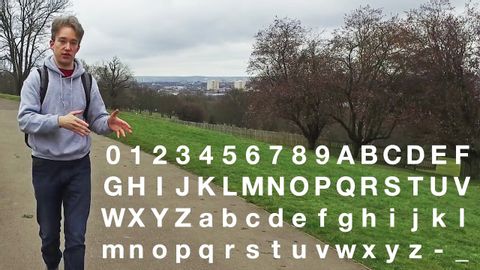Will YouTube Ever Run Out Of Video IDs?
Samuel 發佈於 2018 年 05 月 25 日  沒有此條件下的單字
沒有此條件下的單字- v.t.裝出;假裝;以為;(想當然地)認為;承擔;就任
US /rɪˈdɪkjələs/
・
UK /rɪˈdɪkjələs/
US /ˈbesɪkəli,-kli/
・
UK /ˈbeɪsɪkli/
US /ˈkærəktɚ/
・
UK /'kærəktə(r)/
- n.角色,人物(故事,電影或戲劇中);字,字體;性格;特點;人物(一般用法);名譽;名聲

